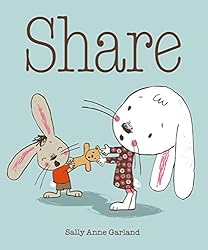
Learn to Program with Scratch: A Visual Introduction to Programming with Games, Art, Science, and Math
by Majed Marji (Author)
Booktalk: Rather than type countless lines of code in a cryptic programming language, why not use colorful command blocks and cartoon sprites to create powerful scripts? Scratch is a fun, free, beginner-friendly programming environment where you connect blocks of code to build programs. While most famously used to introduce kids to programming, Scratch can make computer science approachable for people of any age. Hands-on projects will challenge you to create an Ohm’s law simulator, draw intricate patterns, program sprites to mimic line-following robots, create arcade-style games, and more!
Snippet: In Scratch, you won’t type any complicated commands. Instead, you’ll connect graphical blocks together to create programs.
This book covers Scratch 2, which was released in May 2013. This version allows you to create projects directly in your web browser so you don’t have to install any software in your computer…
To start Scratch, go to the Scratch website and click the TRY IT OUT link.

It’s STEM Friday! (STEM is Science, Technology, Engineering, and Mathematics)
Copyright © 2014 Anastasia Suen All Rights Reserved.

















